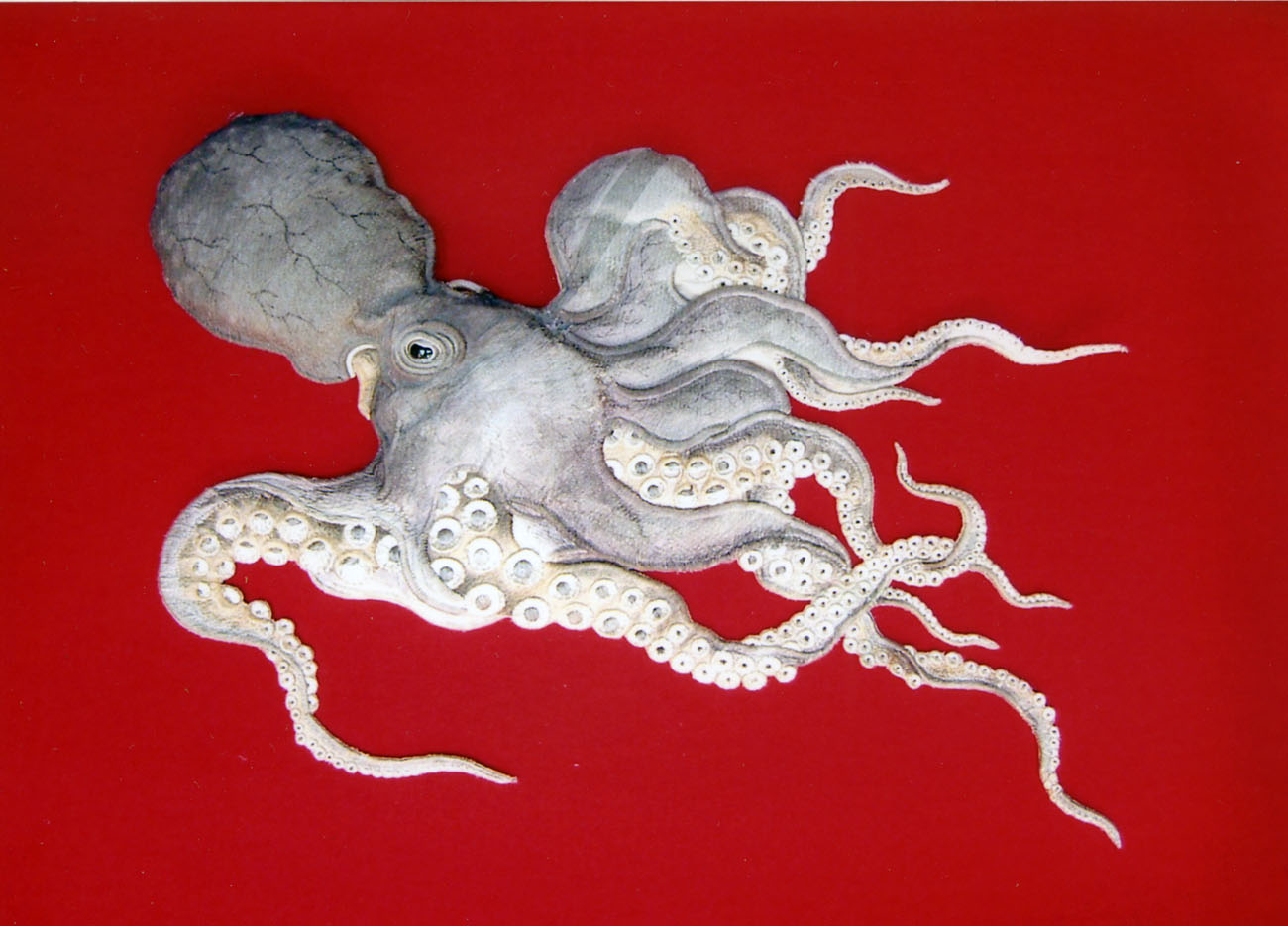"Transcendent Artful Embroidery II" at the Kobe Fashion Museum is a cross-cultural look at the perfections of needle craft across several centuries. It gets underway with a section on garments of Indian nobles and Chinese court dresses of the 19-20th centuries and then segues into Japanese aesthetic tastes embodied by kachō-fūgetsu (the beauties of nature) and the adornment of garments with seasonal flowers and idealized fauna.
The show then turns to the embroidery traditions that evolved through two major festivals — Kyoto's Gion Matsuri and the Nagasaki Kunchi. The first exhibit focuses on the Gion festival's seven-ton Naginata-hoko float and the four decorative panels of fabric that hang down the sides of the platform on which men play musical instruments. The original lower tapestry of the float was designed in 1755, though the display piece at the exhibition is a replica made in the last couple of decades. It features symbolic Chinese imagery such as crouching tigers, dragons in stormy clouds and peaches of immortality.
The Nagasaki Kunchi, an autumnal festival, has its origins in the late 16th century and celebrates the city's port status. Nagasaki traded with China and the Dutch under Japan's seclusion policy during the Edo Period (1603-1868), and the embroidered designs of its floats often have Chinese inspirations owing to the interchanges between the locals and foreigners from around 1684 to 1687. Much is devoted to sea life, with elaborate relief decorative works, such as Kumakichi Shioya's "Octopus" (1848) and Teruta Kase's "Anglerfish" (2009).
















With your current subscription plan you can comment on stories. However, before writing your first comment, please create a display name in the Profile section of your subscriber account page.